Over the last several weeks, I have to confess to doing a little soul-searching in the wake of some developments in the Linux world, and I’ve come to a decision of sorts. It’s hard to say when the actual tipping point was, but you can probably mark it around the time Sarah Sharp closed the door on any further Linux kernel work, augmented by the accompanying “lack of understanding” by some who are significantly smarter than their responses would reflect.
 Really, folks, I get it: Linus Torvalds is a great and historic man, one who changed the world for the better by developing a kernel that put a huge fast-forward on technology for all, on a far-more-level playing field than it could have been with the Linux kernel’s absence.
Really, folks, I get it: Linus Torvalds is a great and historic man, one who changed the world for the better by developing a kernel that put a huge fast-forward on technology for all, on a far-more-level playing field than it could have been with the Linux kernel’s absence.



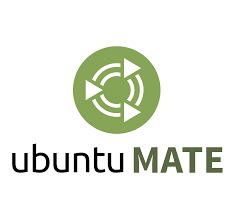
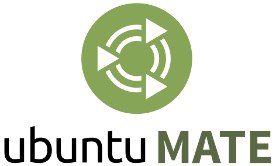 In this latest release, Ubuntu MATE now comes equipped with everything under the hood that Raspbian has to offer and then some. I’ll review some of the best parts about Ubuntu MATE and show why you might want to install Ubuntu MATE instead of Raspbian.
In this latest release, Ubuntu MATE now comes equipped with everything under the hood that Raspbian has to offer and then some. I’ll review some of the best parts about Ubuntu MATE and show why you might want to install Ubuntu MATE instead of Raspbian.
 You know what? I like it here. People my age listened to Jefferson Airplane. Not Starship…Airplane. I’ve had protracted arguments with someone who wanted to argue that Jefferson Starship was the band formed by the kids of Jefferson Airplane. No really…I’m not kidding. Sheesh, even a lame Yahoo search engine will show that to be bologna. But I have to admit it sounds good. The busted meme that is.
You know what? I like it here. People my age listened to Jefferson Airplane. Not Starship…Airplane. I’ve had protracted arguments with someone who wanted to argue that Jefferson Starship was the band formed by the kids of Jefferson Airplane. No really…I’m not kidding. Sheesh, even a lame Yahoo search engine will show that to be bologna. But I have to admit it sounds good. The busted meme that is.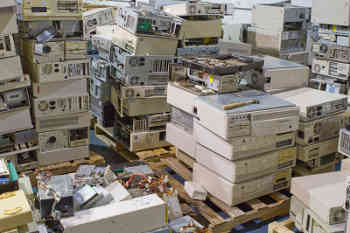

 Linux Foundation looks to Open APIs: After corralling the widely divergent world of containers, the Linux Foundation now sets its sights on the API economy and making application program interfaces, or APIs, easier to find, according to a
Linux Foundation looks to Open APIs: After corralling the widely divergent world of containers, the Linux Foundation now sets its sights on the API economy and making application program interfaces, or APIs, easier to find, according to a 

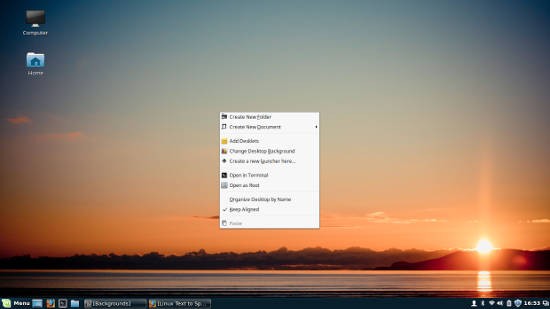
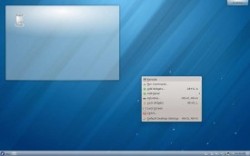 The Linux desktop environment. Environments such as Unity, KDE, Mate, Cinnamon, etc.
The Linux desktop environment. Environments such as Unity, KDE, Mate, Cinnamon, etc.